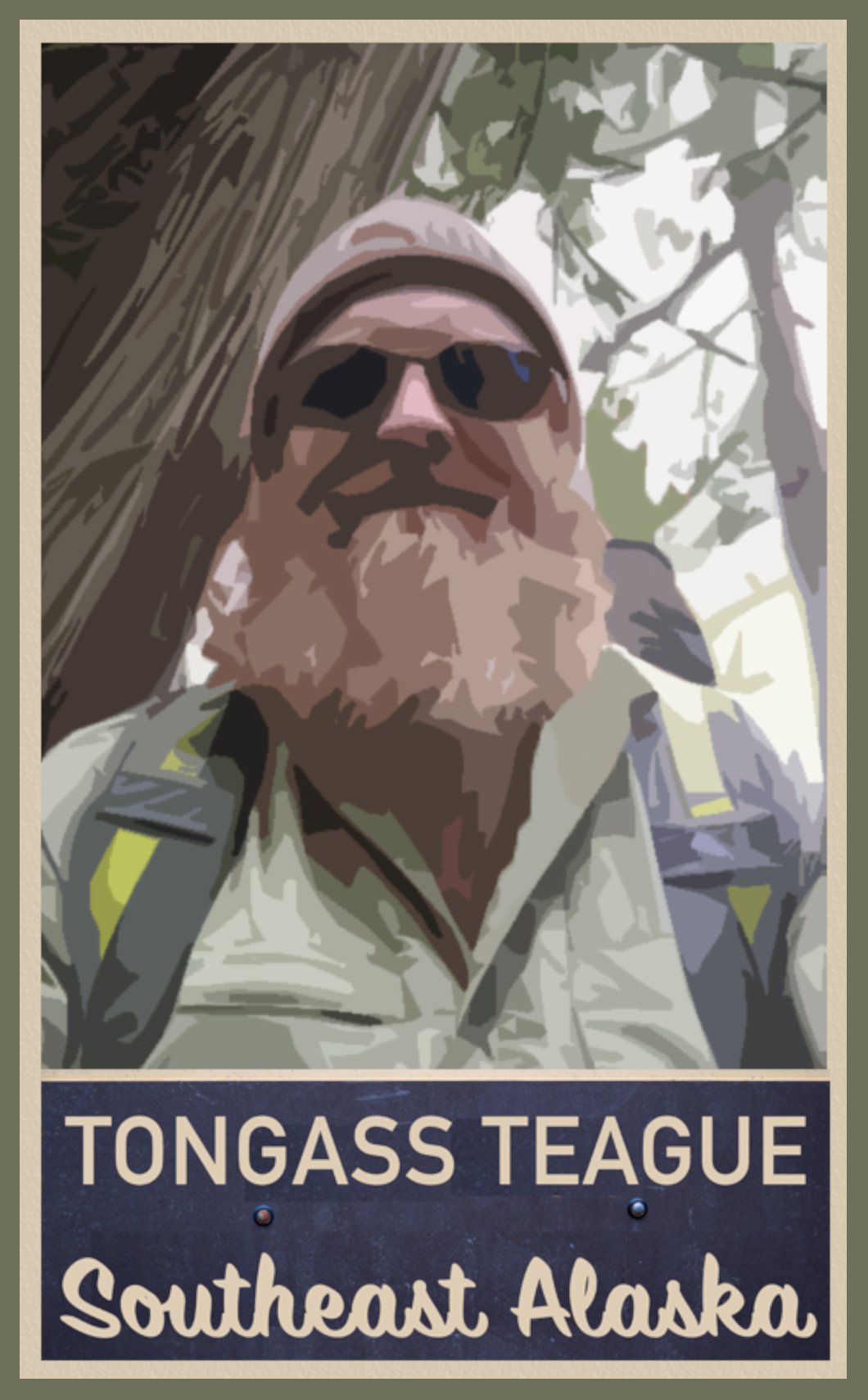More On What To Wear
What you wear when you hike is no joke either. I’m often appalled at what I see people hiking in—jeans, or hoodies, or flip flops—and they aren’t carrying any water or food or extra layers. On one hand, I appreciate that people are making an effort to get out and enjoy the wilderness; however, on the other hand, it seems that sometimes people approach hiking in Alaska like they would an excursion to the mall, and most of the time that is because they don’t know any better. But what you don’t know can kill you while hiking in Alaska. When I was an English instructor for the New England Literature Program, our pinnacle hike was up Mt. Washington in the White Mountains of New Hampshire, which has some of the worst weather in America. So, we stressed to these students how dangerous wearing cotton was on backcountry hikes, and the way we did this was that we continually referred to cotton clothing as “Death Cloth,” or as Ketchikan locals like to say, “Cotton kills.” Death Cloth retains any moisture from sweat or rain, becomes heavier, and then loses its ability to retain heat, which means that this wet Death Cloth now is drawing essential warmth away from the body. This may not be so much of a problem when it’s 80 degrees out on a sunny day, but when much of Southeast Alaska’s rain-forest temperatures range from the forties to the sixties in the summer, Death Cloth can quickly lead to hypothermic conditions.
Hypothermia is when your core body temperature begins to drop faster than your body’s ability to make heat, which only takes the loss of 3.6 degrees from your normal body temperature of 98.6 F. When this happens, you begin to shiver, you may slur your words, you may become clumsy, may feel nauseas, etc. Your main point of concern at this point is to get warm again—change of clothes, drink hot tea, put up a tarp, build a fire, crawl into a sleeping bag if you have one, or sometimes if you are able, more physical exertion can help like running or vigorous calisthenics in order to help raise the body’s temperature.
Instead of wearing Death Cloth, you should wear wool or synthetic layers that mimic wool’s properties, like fleece and polypropylene. Wool, if it gets wet, will still insulate and keep one warm. Fleece and polypropylene do the same and often are designed to wick moisture away from the skin and are fast drying and light, unless soaked through. This synthetic material comes in jackets and pants, shorts, pants that can zip off the legs and become shorts, hats, gloves, scarves, socks, underwear, long underwear, tights, and long-sleeve and short-sleeve shirts. If needed, this type of clothing can be purchased in Ketchikan.
For footwear, I recommend something that has ankle support, good tread, and is waterproof. Many locals wear what we refer to as Ketchikan sneakers, which are generally calf-high XtraTufs that are two-tone brown rubber boots made for hopping in and out of skiffs at the beach. I resisted buying any of these for my first couple years living here, preferring my leather, Gortex hiking boots. But eventually I broke down and purchased some. Now they’re my go-to boot for out the door. They’re easy to slip on and off, and with some wool inserts, are really comfortable! They come in insulated and non-insulated pairs, and I often hike in these because of the watershed from all the rain can make for wet, puddle-ridden and muddy trails, sometimes severely so. For hiking through damp muskeg and shallow creeks or beach combing, these boots can’t be beat. But if I’m going to hike a long trail or up a mountain, I still lace up the old, traditional hiking boots, which have much more ankle support and stability than the floppy XtraTufs. Today, there are several good trekking shoes too, which are a cross between a tennis shoe and a hiking boot. Though if hiking in new boots of any kind, you’ll want to make sure that you’ve brought some moleskin to help protect any new blisters that may form on your feet, which leads me to what you should consider bringing along with you.
